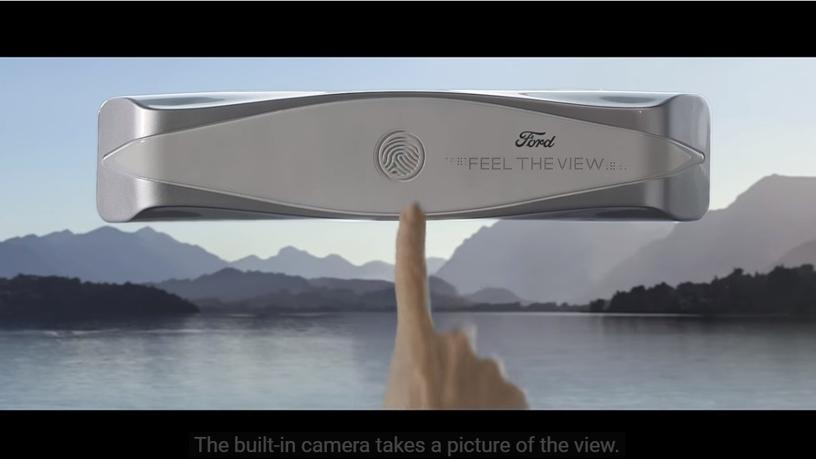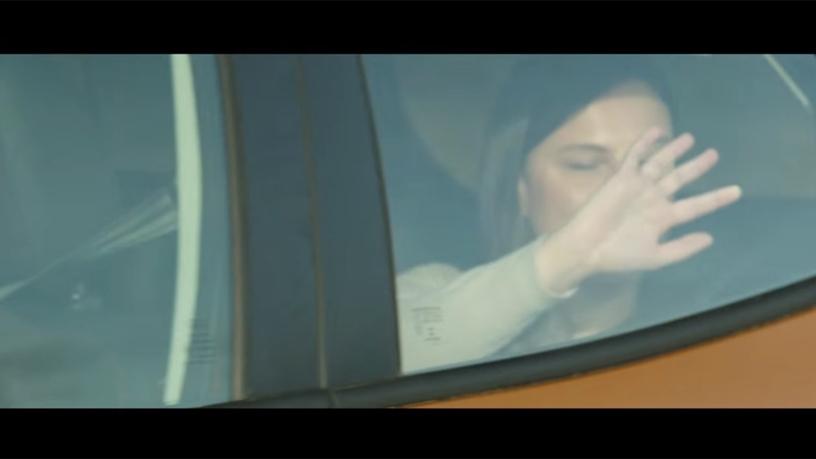
The Italian division of motoring company Ford, and GTB Roma, together with start-up Aedo have developed a device that turns car windows into a haptic feedback system allowing visually impaired passengers to experience the passing landscape.
Aedo, which specialises in creating devices for the visually impaired, made the product, called Feel The View, which attaches to the car's passenger window or back window.
"We developed a new language, to give people who can't see a landscape the chance to feel it. We created a device designed for the visually impaired, that transmits up to 225 levels of vibrations on the car window," Ford explains in its promo video.
"The built-in camera takes a photo of the view. The picture is then converted into a greyscale image. Every shade of grey is converted into a vibration of different intensity on the car window, allowing the blind to visually experience the surrounding landscape."
The company says the vibrations are created on the glass using special LEDs, which reproduce the image.

There is also an integrated vocal assistant connected to the car's audio system, which uses artificial intelligence to identify what is in the landscape and give passengers more context as to what they are 'looking' at. For example, when in use, the system will say 'snowy mountain' or 'sunset'.
"We seek to make people's lives better and this was a fantastic opportunity to help blind passengers experience a great aspect of driving. The technology is advanced, but the concept is simple, and could turn mundane journeys into truly memorable ones," says Marco Al`u Saffi, head of Ford Italian communication and public affairs.
The technology is an early prototype at the moment, and Ford says there are no current plans to put it into production.
In 2016, when Ford rebranded itself as a 'smart mobility company' as opposed to a motoring company, it made a commitment to experiment with motoring technology and see how emerging technology could be integrated into its vehicles and business processes.
It previously looked at using virtual reality and augmented reality in its customer retail experience, as well as creating a wearable device for its factory workers, to create a more efficient assembly line.
Share